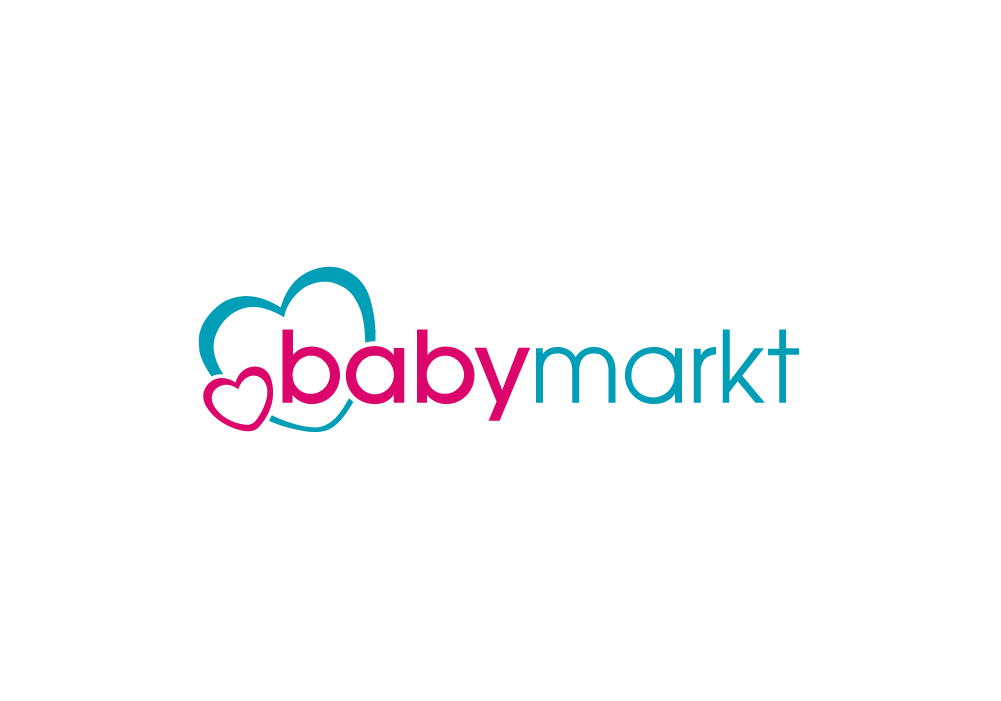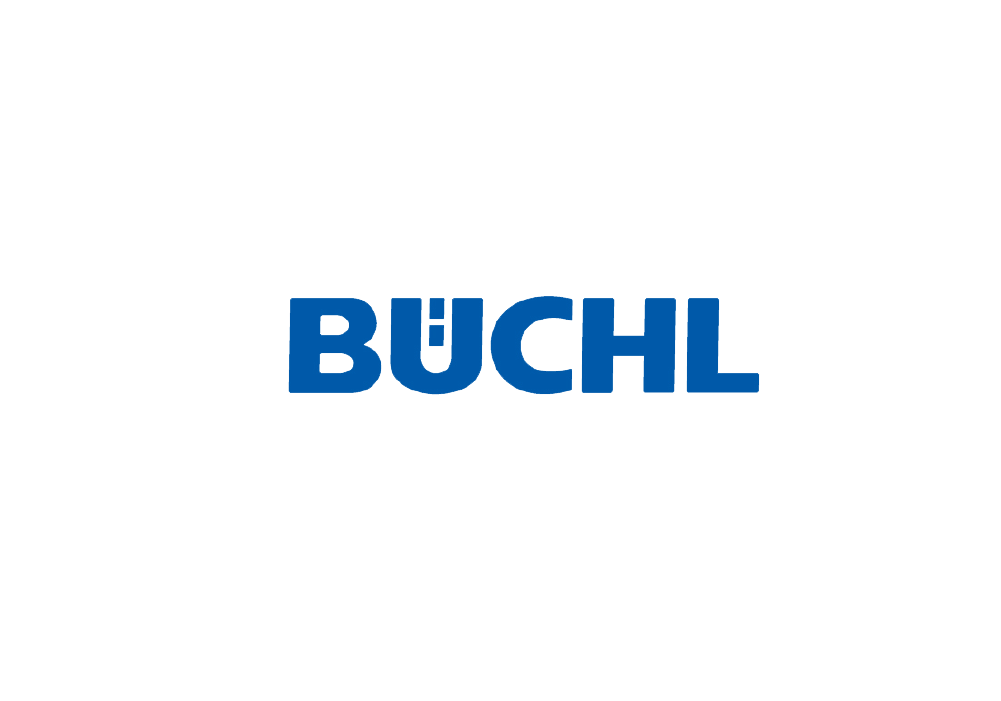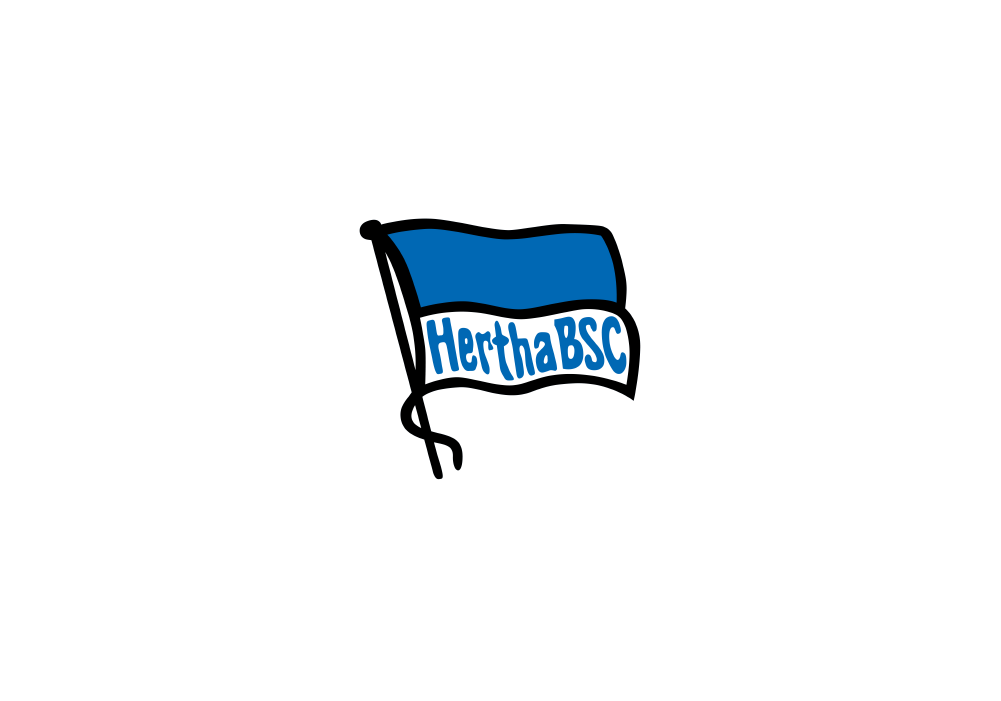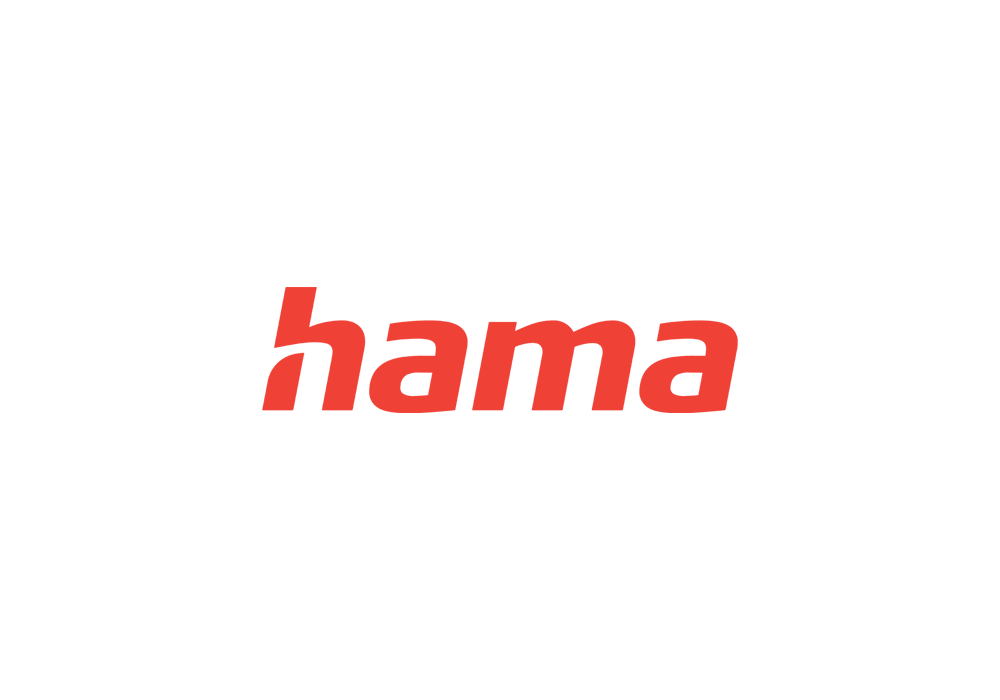easy invoice
Processes thousands of invoices a day.
12 Times Faster, Better, Smarter
Save time and money with invoice processing software
Extract, process, approve and archive invoices from anywhere, anytime
Accelerate Processing, Reduce Errors
Transparency for Accounting, Employees & Suppliers
Features
Capture, Extract, Approve. Easy as that.
Increase throughput and efficiency in your accounts payable department: easy invoice shortens your entire invoice review process from capture to approval.
- Workflow-supported invoice management
- Efficient invoice capture (analog or digital)
- Processing of eInvoices (UBL, EDIFACT)
- Automatic assignment of invoices to order transactions
- Flexible splitting and merging of positions
- Booking templates for recurring invoice types, e.g. telecommunications, energy
- Commercial review, reconciliation of prices, quantities etc.
- Review and approval of invoices, taking value limits into account
- Compliant archiving
Flexible Input – Capture
Scan & mobile
Still getting paper invoices? No problem. Whether you prefer scanning or using a phone, capturing the invoice and kicking off the process is easy.
Whether it’s a dedicated inbox or an employee’s inbox, automatically get emails and their attachments into the queue, or manually add them via Outlook.
Digital formats
easy invoice can easily process Invoices from any of your suppliers who are already using digital formats without leaving other suppliers behind.
extract, match and move onto approval
Use the best of OCR & AI
Regardless of how the invoices come in, use the best set of tools to ensure that the data extracted is correct and that the invoice processing software learns to adapt.
Recognize Suppliers Instantly
Match Invoices to suppliers and orders from your ERP system to ensure the invoice is correct. This saves time and makes sure your data is up-to-date.
Get invoices to the right approvers
Approvals are one thing, but ensuring the invoice gets into the right hands is another. With rules set each invoice gets into the right hands – which means faster approvals that are automatically booked in your ERP.
get approvals faster with standard automation
Dual Control
Ensure two sets of eyes check over specific invoices and get those approvals done faster by ensuring the right information is presented.
Inbox & Notifications
Ensure every approver is up-to-date with the latest approvals via notifications, reminders and an easy-to-navigate task list.
Standard Process out-of-the box
easy invoice has processed millions of invoices – learn from our best-practices and use a standard process.
get suppliers Involved
Supplier Self-Services
Provide a supplier portal to get your Suppliers involved, get information faster and keep suppliers up-to-date.
archiving
Every Invoice Archived by default
Every email, Attachment and invoice is automatically stored in easy archive to ensure you stay GDPR compliant and can find everything on demand.
Integrations / Add-ons
easy to connect
Book verified invoices easily and transparently in your ERP system, such as Microsoft Dynamics Business Central (BC). You can also easily expand your Microsoft Dynamics with easy to include document management and secure storage.
Digital invoice processing in SAP. Paper invoices or invoices received electronically are processed in a uniform, transparent process.
Benefits
Invoice processing – easy as pie
Automated invoice processing with easy invoice: speed, efficiency and security with a single tool to optimize your business for the future.
Save Time, Money and eliminate trivial tasks
Invoice processing with easy means more time and money for what makes your business successful.
Processing an invoice manually can take up to 12 times longer than with easy invoice, free your business from tasks that can be automated. With OCR, AI and the right integrations, easy invoice enables your business to move faster and more efficiently. Want Proof? Look at our customer success stories.
digital, compliant & Transaction-Secure
Extract, process, approve and archive invoices from anywhere, anytime.
Regardless of the invoice format, ensure invoices are processed in a transaction-secure manner with easy invoice from where-ever employees are working. Automatic booking in your ERP system are supported and all email communication and attachments are archived.
Accelerate Processing, Reduce Errors
Drastically cut down processing time with intelligent recognition, automated processes and better search.
Focus on decisions, not on processing invoices. Process invoices faster by ensuring information is correctly extracted, matched to supplier information and prepared properly so a decision can be made in an instant.
Transparency for Accounting, Employees & Suppliers
Automating Invoices Processing means you can always ensure the data is accessible to those who need it.
Move faster by ensuring everyone has the proper access to invoices, data and tasks at each stage in the process. Improve cooperation between accounting and business units while enabling suppliers to even become involved.





